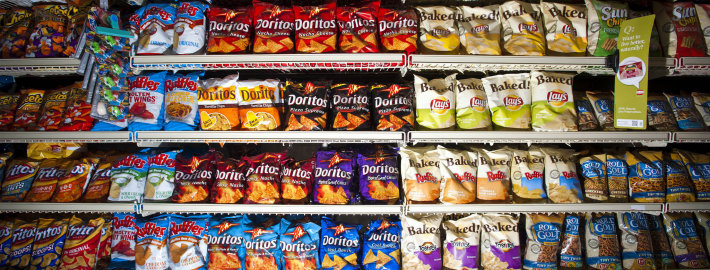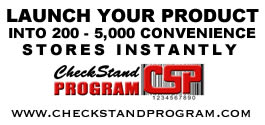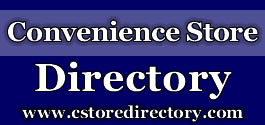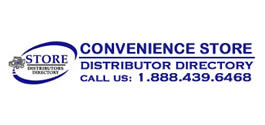How to Reduce Wastage while Shopping for Essentials at Wholesale Retailers
How to Reduce Wastage while Shopping for Essentials at Wholesale Retailers
Several times people tend to go overboard when buying at large wholesalers like Costco or Sam’s Club as they get drawn by great deals and offers on bulk purchases. Wholesaler stores are competitive as they have lower labor cost as they are spread across a larger area and offer a variety of options allowing buyers to make their choice and they rarely change places of their standard product lines.
Besides offering food and beverage items at wholesale rates due to the advantage of bulk purchase these stores also give large discounts on other convenience items making it attractive for buyers. While making your purchase in these stores it is advisable to be cautious so you can take advantage of the offers and also avoid buying products which may get wasted.
Avoid regular pitfalls while going for bulk purchases
The easiest way to avoid wasting money is to refrain from buying goods that you rarely use. Even the most sensible shoppers get carried away by sales of DVD boxes, music CD’s, books, t-shirts, knife sets and other durables that they may not even look at after purchase. So avoid buying goods on bargain until you are actually planning to use them. The same goes for perishables like vegetables, dairy and meat products that have limited shelf life and it does not make sense to buy loads if there are only two or three people who eat regular meals at home.
Throwing away spoiled food which you bought in bulk just because it was cheap does not result in savings. If you are buying frozen food remember the size of your refrigerator as lack of storage space can also lead to wastage of good food which could have lasted if there was more space. Buying products because they are a good deal becomes useless if it is not used.
Splitting your purchases
If you are going to a warehouse wholesaler and are expecting to get bargains on bulk purchases then check with your close neighbors and family members if they need any of these essentials so you can save them the trip and can take advantage of low prices too. It is easy to buy several tins of canned products like soups, juices and other beverages and then split it among a small group of people. If you are a regular shopper at these warehouse stores you are likely to be eligible for special large discounts which can again be split among friends and family.
Bargain hunting on groceries
Some people are of the view that purchasing at wholesaler retailers is always better than at regular convenience stores and grocery store chains as they provide bargains. Check price per unit if you are buying several cans or bottles together to see if they are cheaper while buying in bulk as otherwise it will be a waste. Buying in bulk is not a bargain unless the price per unit is lesser than what you can get at a local grocery store instead of driving to the wholesaler retailer.
Exploring other options
Besides food products most wholesaler retailers carry several electronic and other convenience items like tires, computers, clothing, eye-wear, cosmetics and even liquor products which can be purchased at bargains. These product offerings can result in sizable savings if you know when to buy them and know which wholesale retailer provides the best prices so you can time your large purchases. Keep a track of available options in convenience stores around your locality whenever you are likely to make large purchases to maximize savings every month. This will help you to shop for expensive items at reasonable prices instead of paying the full price at your local c store chain.
Controlling impulse purchases
Warehouse retailers are able to inspire people to indulge in impulse buying with multiple offers on both perishable and non-perishable merchandise. Buyers are attracted to words like bargain, sale and offers and tend to browse around aisles which have got these signs around them. To avoid impulse buying it is best to concentrate on shopping list and buy only goods you require and avoid the aisles which have items you do not need. Check for items on bargain sales to see if they are on your shopping list since if they are not there it is likely that they are not required.
Try out samples of new products
Do not purchase daily use items in bulk like chocolates, peanut butter, bread, chips, juice bottles and others just because they are available at a bargain if they are from unrecognized brands. Try out samples or take the opinion of someone you trust and only then make a purchase as that is food which someone else can use if you are likely to throw it away. Avoid buying products which you or your family cannot stomach or use within a particular time schedule.
Before you purchase a product at a bargain and then regret the decision it is best to take the opinion of other family members if you are unable to take the decision. Spending money on products that will be thrown away in the dustbin or replaced within a short period of time is not a savvy thing do. As a member of wholesale retailer check if your monthly purchases and savings are worth the membership fees that you pay on a regular basis. You can even split the sign-up fee with a friend or family number staying close to your residence so both of you can take advantage of large purchases and bargain offers as and when they are made.
Sometimes it is economical to stick with conventional grocers and convenience store chains which offer great bargains on seasonal fruits and vegetables along with beverages. Buying your products from wholesale club retailers in a sensible and thrifty manner is the key to successful maintenance of debt. Though these large wholesale retailers make shopping very convenient for their members due to large number of items that are available along with attractive bargains they are unlikely to replace small convenience stores and independent grocery chains.






